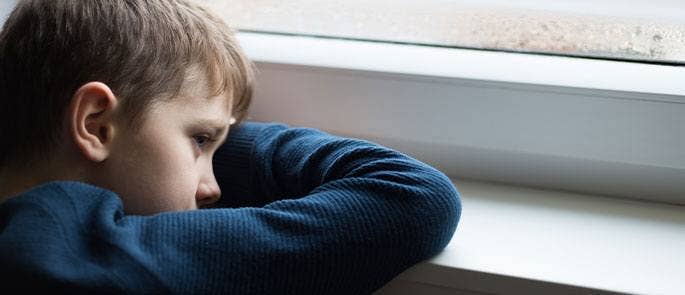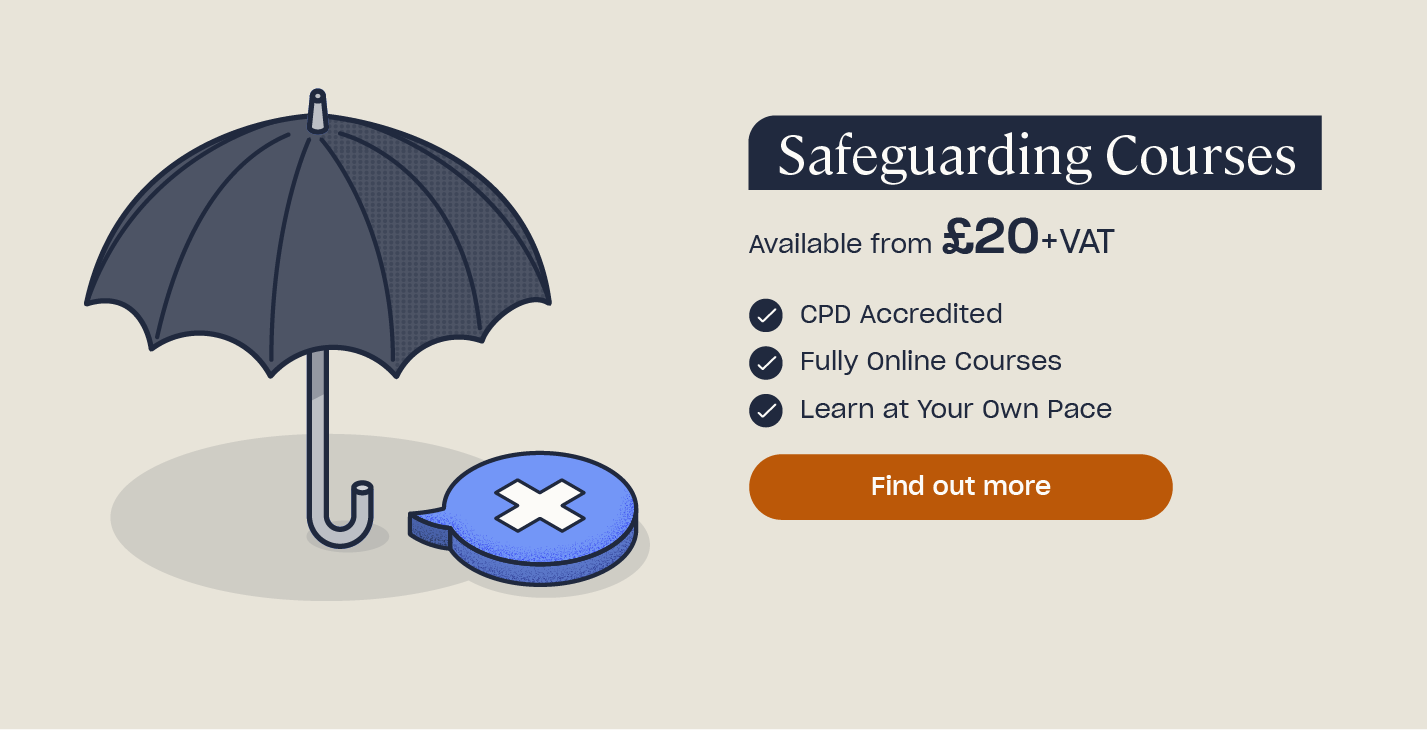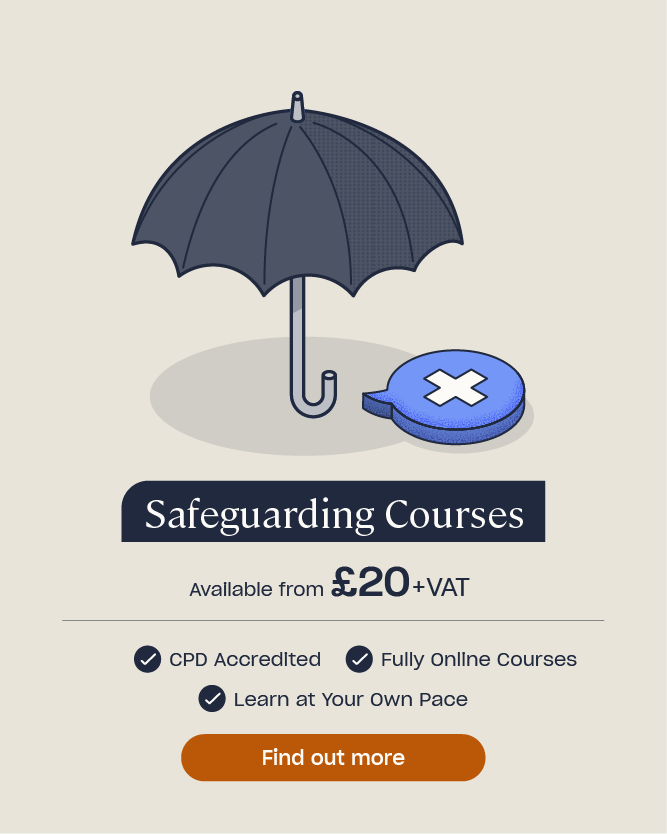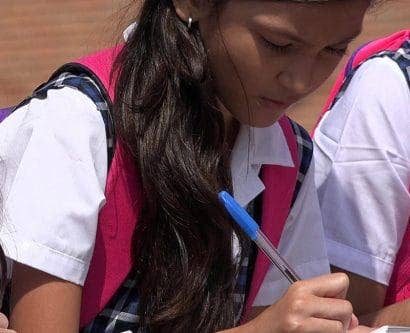What is Child Neglect?
Neglect is the most common form of child abuse and it can have an incredibly damaging impact on a child’s physical and mental wellbeing. Neglect affects 1 in 10 children and a report from the NSPCC notes that over 20,500 contacts were made to their helpline in 2023/4 regarding neglect, highlighting its rampancy across the country.
Recognising neglect can be difficult as the signs can be missed or easily dismissed as low level concerns. This can make it hard for those with a responsibility for safeguarding children to intervene. Nevertheless, being able to recognise the signs of neglect is an integral part of protecting a child from further abuse and ensuring their needs are met. In this article we will explore what child neglect is, discuss signs that indicate neglect and provide guidance on what to do if you have any concerns that a child is being neglected.
What is Child Neglect?
Neglect is the persistent failure to meet a child’s basic physical and/or psychological needs. This failure often results in the serious impairment of a child’s health. The consequences of neglect are often cumulative and as neglect is rooted in the absence of basic necessities, it can significantly impact a child’s physical and psychological development.
The effects of neglect can be short term however there are also long-term effects that can follow a neglected child well into adulthood. Both the short-term and long-term effects of neglect can include:
- Stunted/faltering growth
- Chronic medical problems
- Inadequate bone and muscle growth
- Stunted neurological development
- Information processing problems
- Lack of adequate medical care resulting in long-term health problems
- Engaging in risky/age inappropriate behaviour
- Difficulty forming and maintaining healthy relationships
- Increased chance of mental health problems

Neglect is the most common form of child abuse and its prevalence unfortunately continues to rise across the country. According to the NSPCC in 2022/23 almost 27,500 children were the subject of a child protection plan, or on a child protection register, because of neglect. Furthermore, in 2023/4, there were almost 37,000 child cruelty offences recorded by police across the UK. However, despite these numbers, the NSPCC notes that less than 1% of Childline counselling sessions are about neglect, often because a child doesn’t recognise that what they are experiencing is neglect.
There is no specific offence of ‘child neglect’ in UK law and that can make it difficult to accurately assess the scale of the issue. Child neglect is often only recorded in matters of cruelty where a parent or carer has willfully committed assault in a manner that is likely to cause unnecessary suffering or injury to health. In these instances, the offence is counted as child physical abuse rather than neglect and only a minority of serious incidents name neglect as their primary concern. However, as the NSPCC states, research suggests that neglect is a prominent factor in the majority of serious incidents and it can often be a precursor to other forms of abuse that a child may be subjected to. Signs of neglect should therefore never be ignored as early intervention can help to prevent further abuse.
Types of Neglect
There are many different ways in which a child can be neglected, however they are often broadly categorised into four main types. These are:
- Physical neglect – this occurs when a child’s basic needs, such as food, clothing or shelter, are not met or they aren’t properly supervised or kept safe. Physical neglect can also occur before a child is born during pregnancy as a result of maternal substance misuse.
- Educational neglect – this occurs when a parent or carer doesn’t ensure that a child is given an education.
- Emotional neglect – this occurs when a child doesn’t receive the nurture and stimulation they need. This could be through ignoring, humiliating, intimidating or isolating the child.
- Medical neglect – this occurs when a child isn’t given proper health care and can include ignoring or refusing medical recommendations.
Neglect can occur at any age and at any stage of a child’s development. They may also be subjected to more than one type of neglect at any given time. For example, a child who is being emotionally neglected may also experience medical neglect in which their parent refuses to follow medical recommendations under the rationale that the child isn’t ‘worth the hassle.’
Neglect is defined by the persistent failure to meet a child’s need and this can make it hard to identify the signs in isolation. For instance, a child coming to school with dirty clothes once is not enough evidence that they are being physically neglected. However, multiple signs that last for a notable period of time strongly suggest that a child is being neglected.
Want to Learn More?
Our wide range of Safeguarding Courses, such our Designated Safeguarding Lead and Advanced Safeguarding Children courses will provide you with the knowledge and skills to be confident in your safeguarding responsibilities.
Signs of Neglect in Children
Neglect can be incredibly difficult to spot and as mentioned, you may have to wait till you see multiple signs of neglect before you are able to make a judgement and act accordingly. Any child can suffer neglect, however some children and young people are more vulnerable than others. This includes children who:
- Have a disability
- Have complex health needs
- Are in care
- Are experiencing poverty
- Are born prematurely or with a low birth weight
These factors can place additional pressure on parents and carers affecting how well they can look after their child. Parents and carers may also have their own complex issues, such as experiencing domestic abuse, substance misuse or poverty, which places further stress on them and impacts their ability to provide for their child or even recognise their failure to do so. However, regardless of whether a parent or carer is knowingly or deliberately neglecting their child, intervention is crucial in order to prevent further undue harm.

It is essential that all those with safeguarding responsibilities can recognise signs of neglect. Neglect of any kind can have long lasting effects on a child and their development, making early intervention vital.
Physical and behavioural indicators of neglect include:
- Constant hunger
- Poor personal hygiene
- Poor dental hygiene
- Social isolation
- Low self-esteem
- Skin rashes
- Lice
- Constant tiredness
- Ill-fitting and/or dirty clothes
- Destructive tendencies
- Frequent truancy
- Poor relationships with peers
- Compulsive stealing
- Untreated medical problems
The list above is not exhaustive and it’s important to remember that one sign in isolation does not immediately indicate neglect. Nevertheless, noticing any of these signs should spark your professional curiosity and encourage you to begin documenting your concerns. Recognising the signs of abuse in children can be difficult, both in how they manifest and also for the very fact they indicate that a child is being subjected to abuse. However, spotting and documenting any signs of abuse is a fundamental part of protecting a child from further harm.
What to do if a Child is Being Neglected?
Those with a responsibility for safeguarding children must take all reasonable steps to keep them safe. If you suspect that a child is being neglected you must follow your organisation’s safeguarding policy. This may involve reporting your concerns to a designated safeguarding lead or following a specific procedure.
You should report any concerns that you have about a child’s safety regardless of how small it may appear.
It can be hard for a child to recognise that they are being neglected or they may feel shame or even fear at revealing it to others. It’s important that you understand the different reasons why a child may stay quiet about abuse so that you do not inadvertently view their silence as proof that they are not being abused. If a child reveals to you that they are being neglected you should ensure that you provide them with a safe space to talk. Assure them that they’ve done the right thing by telling you and make it clear that what they are experiencing is not their fault. Attentively listen to them and try to remain calm no matter what they reveal, as difficult as that may be. Don’t press them for answers that they may not be ready to share, but do try to ascertain if they are in immediate danger. If you suspect that a child is in immediate danger, you must call the police on 999 immediately. Once the child has finished telling you what they are experiencing, you should explain what you are going to do next and reaffirm that they did the right thing by telling you.
Steps that you can follow if you suspect a child is being neglected include:
- Following your organisation’s child protection procedures – your organisation should legally have a safeguarding policy in place to keep children safe. If you suspect that a child is being neglected, then you should follow the steps laid out in your internal policy or safeguarding flowchart. You should therefore ensure that all staff are aware of the policy and where to find it should they need to follow specific procedures.
- Creating a safe welcoming environment – children and young people are more likely to share concerns about their home life in a safe environment. Providing a safe space will embolden them to share what they are experiencing and reach out for help.
- Documenting any concerns – you should record any concerns that you have that a child is being neglected. This is especially important as neglect refers to the persistent failure to meet a child’s needs. As such, documenting each time a child comes to school hungry or in dirty clothes for example, helps to build a more accurate picture of the ways in which they are being neglected. Your documenting process should include any physical or behavioural indicators of neglect that you have noticed and it’s important that your notes are as objective and informative as possible.

- Seeking advice from professionals and colleagues – share any concerns that you have with colleagues and anyone else who comes into contact with the child. They may be able to provide further insight or they may share similar concerns. You can also seek advice from professionals such as the NSPCC. The NSPCC is available 24/7 and can be contacted by calling 0808 800 5000.
- Maintaining an ongoing relationship – as mentioned above, providing a safe environment can encourage children and young people to share what they are experiencing. If a child has disclosed that they are being neglected then you must ensure you maintain open communication with that child. If a child is being neglected it’s understandable that they may have an inherent distrust of adults. If they have been brave and reached out to you, it indicates that they trust you and you must ensure that this trust is maintained. Not only does this enable you to monitor the situation and continuously assess the child’s safety, it also ensures they have at least one reliable adult they know they can turn to for help.
Every child deserves to grow up in a safe environment in which they are encouraged and supported to grow. Neglect can have a lifetime impact on a child’s development, condemning them to a future of depression, anxiety and poor self-esteem. Neglect can be exacerbated by conditions outside of a parent’s control such as poverty or mental health issues. However, regardless of the reason, intervention is essential to stop the damaging effect of neglect and ensure that a child’s needs are met.











